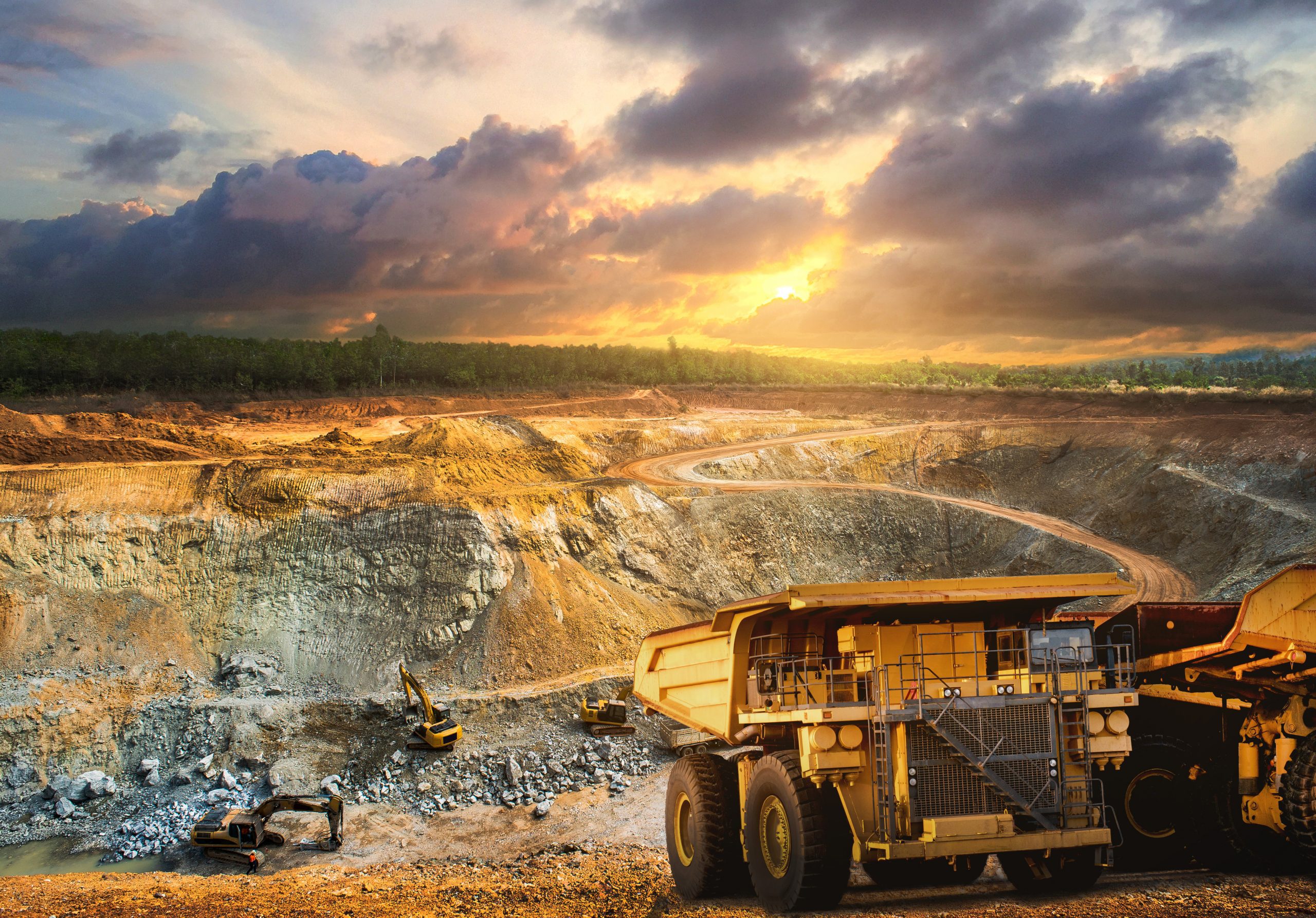Background
The Idaho Mine is the second largest silver mine in North America. After over 100 years of operation, it was closed in the late 1980s due to aging equipment, high operating and maintenance costs as well as safety issues.
In the early 1990s, a mining operator convinced two acquaintances to purchase the mine. They established the Client Mining Corporation to own and operate it, using outdated articles of incorporation and bylaws.
The mining operator was assigned a 25% share of the mine and the two acquaintances were given 25% each. Eventually, the remaining 25% was granted to 16 individuals in return for cash and loans. But there was never a shareholder agreement stipulating ownership.
Little documentation was kept prior to the late 90s. No information is available that demonstrates who contributed to the financial viability of the mine. In addition, shareholders did not receive financial statements and annual meetings were not held on a consistent basis.
In the mid-1990s, the EPA filed a lawsuit against the mine for contaminating ground soils with acidic runoff. The suit was not settled, and by 2013, the value of the lawsuit was estimated to be in excess of $30 million.
Beginning in 2006, there were several offers to purchase the mine, but none were closed. One of the early offers provided the operation with over $1 million in the form of a non-refundable, due diligence deposit that was reportedly transferred into various personal and mine bank accounts due to FDIC insurability concerns.
A current offer has been made that is in excess of $60 million. A recent survey showed that the mine’s zinc, lead and silver reserves are valued at $1 billion.
The mine operator died in 2010. His estranged heirs have claimed his 25% interest and have filed various lawsuits.


Key Issues
- Are the capital contributions of the investors due to them if the mine is sold?
- What should be done about the loans that were exchanged for shares?
- How are the ownership percentages to be determined?
- How will the EPA lawsuit impact how ownership interests are determined?
MDD’s Involvement
The big question surrounding this case concerned how proceeds from a future mine sale be distributed among all the parties involved.
MDD was commissioned to assist the attorney of one of the original investors. Relying on historical materials, information from outside investors and telephone interviews, MDD was able to trace the movement of funds from the investors into the corporation, and subsequently, between the various bank accounts held by the corporate entity.
The MDD team summarized the findings and provided detailed schedules of fund movement. The team also provided various scenarios that demonstrated how funds received from a future sale of the mine could be distributed.
Results
The attorney working on behalf of MDD’s client spearheaded the final negotiations. He used the information assembled by MDD to achieve an effective resolution to what was initially a complex matter. All sides agreed how proceeds from a future sale would be distributed.
The statements or comments contained within this article are based on the author’s own knowledge and experience and do not necessarily represent those of the firm, other partners, our clients, or other business partners.
CONTACT
CONTACT MDD
Our firm has over 80 years of experience working on assignments that span over 800 industries around the world.





